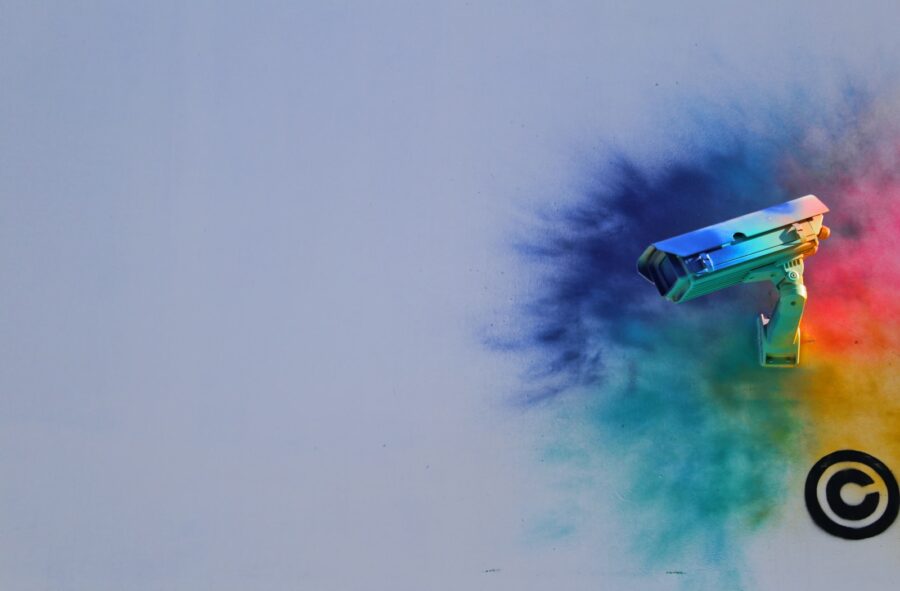You need to file/send a DMCA
The Digital Millennium Copyright Act (DMCA) is a United States copyright law that was enacted in 1998 to address online copyright infringement and to criminalize the circumvention of technological measures used by copyright owners to protect their works.
Under the DMCA, copyright owners have the right to send a notification of claimed copyright infringement to the service provider hosting the infringing content. The service provider must then take action to remove or disable access to the infringing content. If the service provider fails to do so, they could be held liable for copyright infringement.
The process for submitting a DMCA takedown notice is as follows:
- Identify the infringing material: Determine which content on the internet infringes on your copyright.
- Gather evidence: Assemble evidence that the infringing material is indeed a violation of your copyright. This can include screenshots, links, and other relevant information.
- Contact the service provider: Find the service provider hosting the infringing content and contact them with a formal DMCA takedown notice. Most service providers have a designated agent for receiving such notices.
- Prepare and send the takedown notice: Draft a written takedown notice that includes all the relevant information, such as your name and contact information, the infringing material, and your statement that the material is infringing.
- Wait for a response: The service provider will review the takedown notice and determine whether to remove or disable access to the infringing content.
If the infringing content is not removed or disabled, the copyright owner may seek to pursue legal action against the service provider or the individual responsible for the infringing content.
It’s important to note that the DMCA provides safe harbors for service providers that act in good faith to remove infringing content. Service providers are not liable for copyright infringement as long as they follow the procedures outlined in the DMCA.
Additionally, the DMCA also contains provisions that criminalize the circumvention of technological measures used by copyright owners to protect their works. This includes cracking digital rights management (DRM) systems, reverse engineering software, and other similar activities.
It’s important to be familiar with the DMCA and its procedures if you are a copyright owner or if you operate a website or online service. Failing to comply with the requirements of the DMCA can result in legal consequences.
Templates
- https://www.minclaw.com/wp-content/uploads/2021/04/Sample-DMCA-Takedown-Notice.pdf
You’ve received a DMCA against your site
If you’ve infringed upon the property of others or are responsible for a site that infringes upon others’ copyrights, you need to comply with the DMCA as soon as possible — failing to do so could leave you open to further legal action.
If you received a false DMCA takedown/ie: are not violating copyright laws, please see counter-takedown:
Counter takedown
When a person files a DMCA, they must agree that all the information contained in the takedown is correct to the best of their knowledge and that they are authorized to file it. Law is in place to prevent scammy/false DMCA, though the threat of punishment is not enough for some actors to break the law.
If you receive a DMCA takedown notice, it means that someone has claimed that your website or online service is hosting content that infringes on their copyright. Here’s how you can handle a DMCA takedown notice and the counter-policy process:
- Review the notice: Read the notice carefully and make sure you understand the allegations of infringement.
- Investigate the claim: Determine if the claim is valid and if the content in question is indeed infringing. This may require reviewing the content, checking your records, and consulting with legal counsel.
- Remove or disable access to the infringing content: If you determine that the claim is valid, remove or disable access to the infringing content as soon as possible.
- Respond to the notice: If you believe that the claim is not valid or if you have a valid defense, such as fair use, you may choose to send a counter notice to the claimant. A counter-notice is a formal statement that you dispute the claim of infringement and that you believe the content is not infringing.
- Prepare and send the counter-notice: Draft a written counter-notice that includes your name and contact information, the infringing material, a statement that you believe the material is not infringing, and a statement that you consent to the jurisdiction of the federal court.
- Wait for a response: After the claimant receives your counter notice, they have the option to file a lawsuit against you within 10-14 business days. If they do not file a lawsuit, the service provider will typically restore access to the content after this period.
It’s important to handle DMCA takedown notices and counter-notices carefully and in accordance with the law. Failing to comply with the requirements of the DMCA can result in legal consequences, including liability for copyright infringement.
It’s also a good idea to consult with legal counsel if you are unsure about how to handle a DMCA takedown notice or if you are considering sending a counter-notice. An attorney can provide guidance and help you understand your rights and obligations under the law.
Templates
- https://gimmelaw.com/sample-form-example-dmca-counter-notice-form






